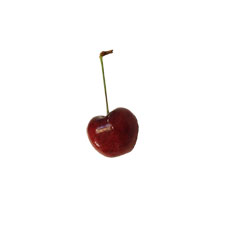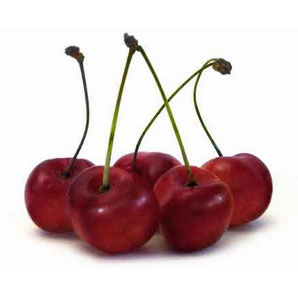Rabbit
This disorder affects:
 |
 |
 |
 |
 |
 ; ; |
Identification
Eastern cottontail, Sylvilagus floridanus
- 35-45 cm long
- Short ears (65-75 mm)
- Red- or gray-brown with white underside
- White cottony tail
- Feet whitish
- Weight ranges 1.0-1.8 kg
European hare (jackrabbit), Lepus europaeus
- 63-70 cm long
- Long ears (11-13 cm)
- Gray-brown
- Black tail
- Long, powerful rear legs
- Weigh up to 4 kg
Injury
- Occurs some distance above the ground or snow line
- Pull off bark in shreds
- Nip off tender terminal growth and fruit buds, cuttings are sharp edged
- Loss of tree vigour, susceptibility to entry by disease organisms or tree death
- Droppings tend to be round
Biology
- Cottontail and jackrabbits can cause damage to fruit trees as their food source becomes scarce in winter months
- Rabbit populations are cyclic and high populations can develop rapidly making controls important to reduce damage to the orchards
Management Notes
Wrap rabbit guards, preferably wire screen, around newly planted fruit trees to prevent feeding damage. A 1 m high fence of small mesh chicken wire will keep rabbits out. Bury the fence several cm in the ground. Although rabbits can jump over or dig under such fences, they rarely do so. Prevent grass and weeds from growing along the fence.
Shooting rabbits is an excellent means of keeping the population down. However, it must be done regularly throughout the year because other rabbits soon move into the orchard area. This method by itself cannot be depended upon to provide adequate control.
Cats, dogs, foxes, owls and hawks are all excellent predators of rabbits and hares.
Eliminate brush piles, weed patches, junk dumps and stone piles adjacent to the orchards, where rabbits can live and hide.
Some information included above excerpted from;
http://www.ent.uga.edu/peach/peachhbk/pdf/vertebratepests.pdf
http://www.extension.umn.edu/garden/yard-garden/wildlife/rabbits-and-trees-and-shrubs/




